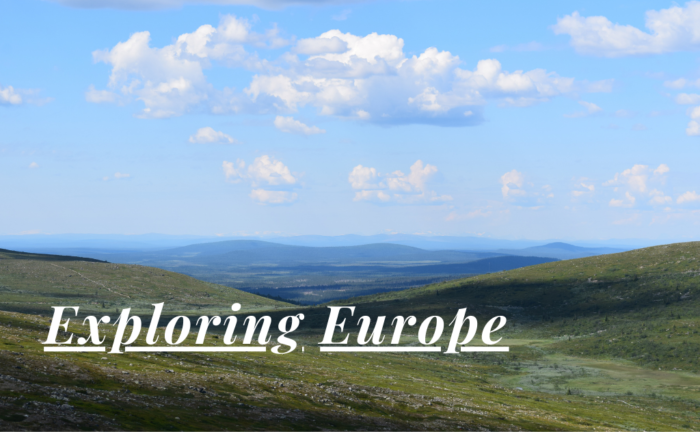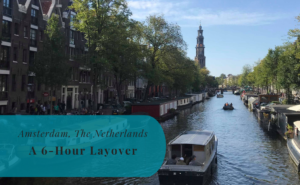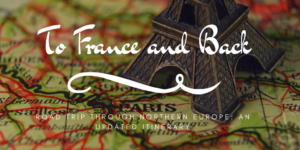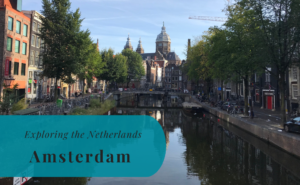Maastricht is a city in the southeasternmost corner of the Netherlands. The city is the capital of the Dutch province of Limburg and can be found right at the border with Belgium. The border with Germany is also not far away. Maastricht lies along the Meuse River and is in modern times probably best known for the Maastricht Treaty, the treaty that saw the forming of the European Union in 1992. The local municipality has today a population of around 120.000 inhabitants.
Our Visit to Maastricht
We visited Maastricht during our European road trip in 2017. The city was one of several we visited as we drove through countries such as Belgium, Denmark, France, Germany, and Luxembourg. Maastricht was an excursion while staying in the Belgian town of Hasselt, located just a short distance to the west.
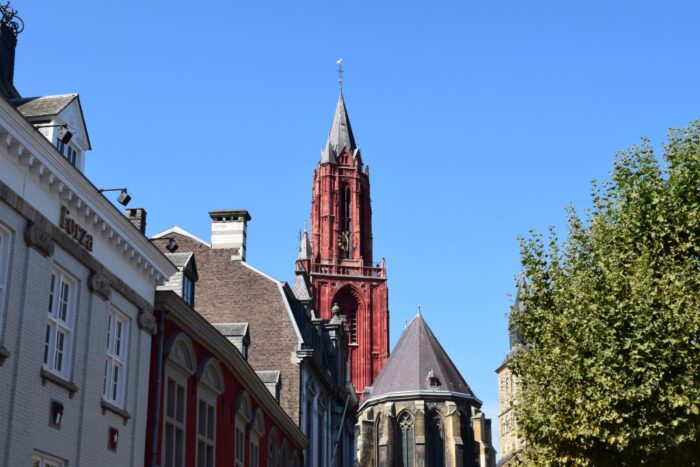
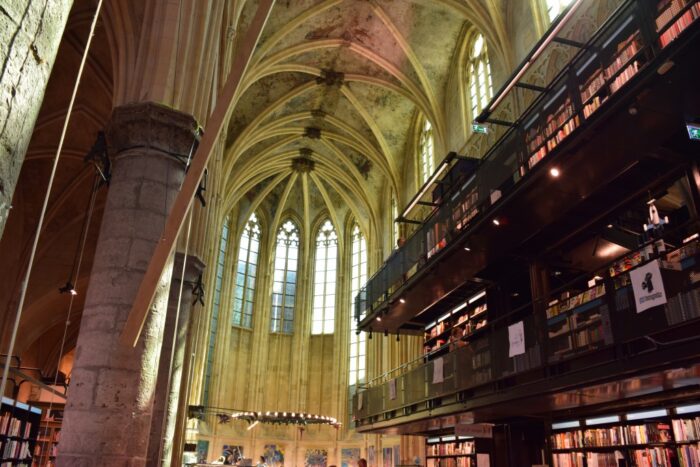


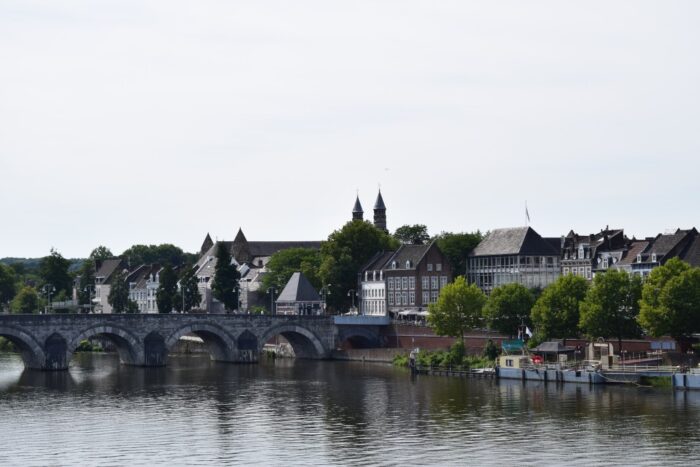

A Short History of Maastricht
Maastricht has a history stretching back at least to the Roman Times. This was then the location of a small settlement with a bridge across the river Meuse. It was during the Middle Ages that the city flourished. The city was at the time a center of trade for mainly wool and leather, but the town was also renowned for its painters and its churches’ many relics.
Maastricht was conquered by Spanish forces in 1579, an event that resulted in the removal of all Protestants from the city. It would take more than 50 years before the Dutch recaptured the city and restored the former balance of rights between Protestants and Catholics. The following century would, however, see the city sieged many times by French forces. Some sieges failed, but the city was repeatedly captured. The many attacks on the city resulted in more and more extended fortifications.
The city was left untouched during the First World War with the Dutch neutrality. That was not the case during the Second World War when the city was occupied by Germany in 1940. The war and occupation damaged the infrastructure in the city and resulted in the deportation of almost all of Maastricht’s Jews to the Nazi concentration camps.
The second half of the 20th century saw the economic transformation towards services in Maastricht. In 1976 the Maastricht University was founded and the city was about to be the location of some European history. It was in Maastricht that the Maastricht Treaty was signed in 1992. The treaty meant the founding of the European Union and later the establishment of the Euro as a common currency.



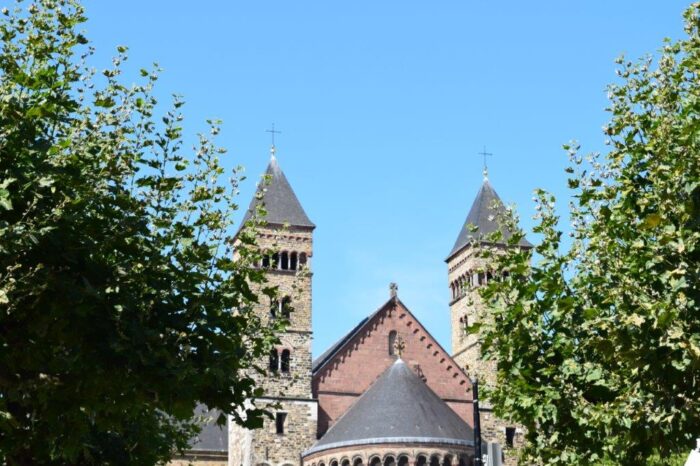

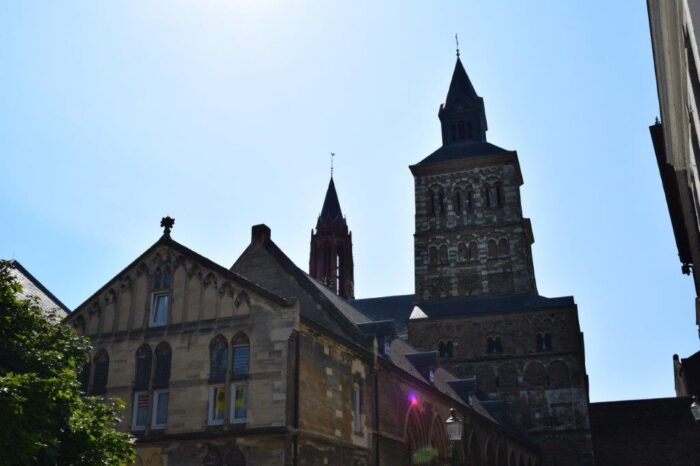
Things to Do and See
Maastricht is a city with a long history and with that many historical sights. It is a walled city with some impressive fortifications, but it is also a city with many towers creating a very scenic skyline. At the center of this is the River Meuse, with some open space to really enjoy the sight of the city.
River Meuse
The River Meuse flows through the city and offers some of the most scenic sights. It is from the riverfront that the skyline of the city is at its best. Across the river are three bridges. Yes, there are a lot more, but three of them are located close to the city center. The most impressive of these are the Sint Servaasbrug, a stone bridge for cyclists and pedestrians with a history dating back to the 13th century. Other bridges across the river are the Wilhelminabrug and the Hoge Brug.
Markt
The Markt, or the Market Square, is in many ways the focal point of the city. This is where you will find the City Hall, or Stadhuis, that dates back to 1650. Next to the square is also the shopping center Mosae Forum. However, it is the many traditionally styled buildings around the square that create that picturesque frame of the square. The streets in the vicinity are mostly for pedestrians and cyclists. These streets is a part of a maze of narrow streets in the center of the city.
Churches of Maastricht
The churches of Maastricht with their towers are an important part of the city’s skyline. The oldest of these is the Saint Servatius Basilica, which is considered to be the oldest still-standing church in the Netherlands. Other churches include the Basilica of Our Lady, dating back to the 11th century, and the impressive brick tower of Saint John Church.
City Wall
The old city wall did once encircle the old city. The parts that are still standing are the parts of the 13th-century city wall that have survived. Along the wall is also impressive gates such as the Helpoort, or “Hell Gate”. The city wall is only one part of the historical fortifications of the city. Another fortification sights include the bastions and walls of Hoge Fronten.
Fort Sint Pieter
Sint Pieter Fort is an 18th-century fortification on the southern outskirts of the city. The fortress is famous for what lies underneath it. This is where you will find the Caves of Maastricht. There are tours that take visitors down into the caves. Nearby is also a larger park area known as Mount Saint Peter.


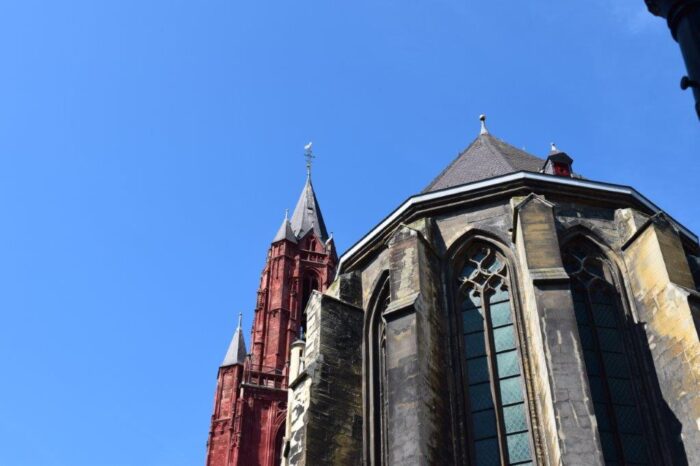





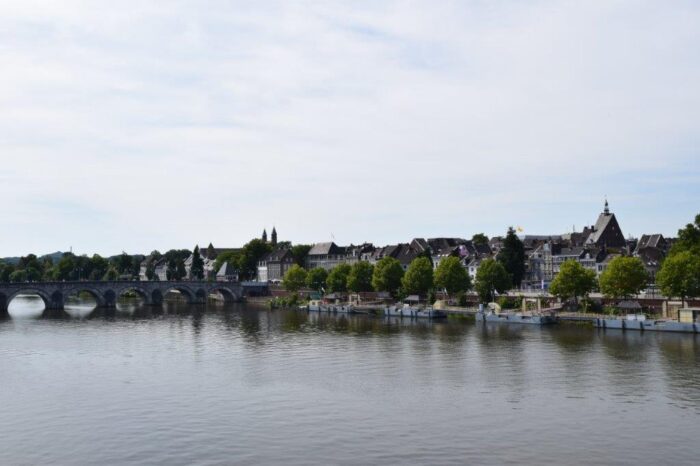
How to Get to Maastricht
- Flights: The closest airport is the Maastricht Aachen Airport (MST) located just to the northeast of the city.
- Car: Maastricht is at the intersection between several major roads, such as the A2, A79, N2, and N278. These larger roads connect the city with other cities such as Eindhoven to the north, Aachen in Germany, and Hasselt in Belgium.
- Train: The train station in Maastricht has both regional trains within Limburg, domestic trains to cities like Eindhoven, and also international trains to Liège in Belgium.
The driving distance from 4 major Dutch cities, according to Google Maps:
- Amsterdam – 213 kilometers (2 h 10 min)
- Rotterdam – 198 kilometers (2 h)
- Eindhoven – 87 kilometers (55 min)
- Groningen – 336 kilometers (3 h 20 min)
Looking to Explore more of the Netherlands and Europe?

